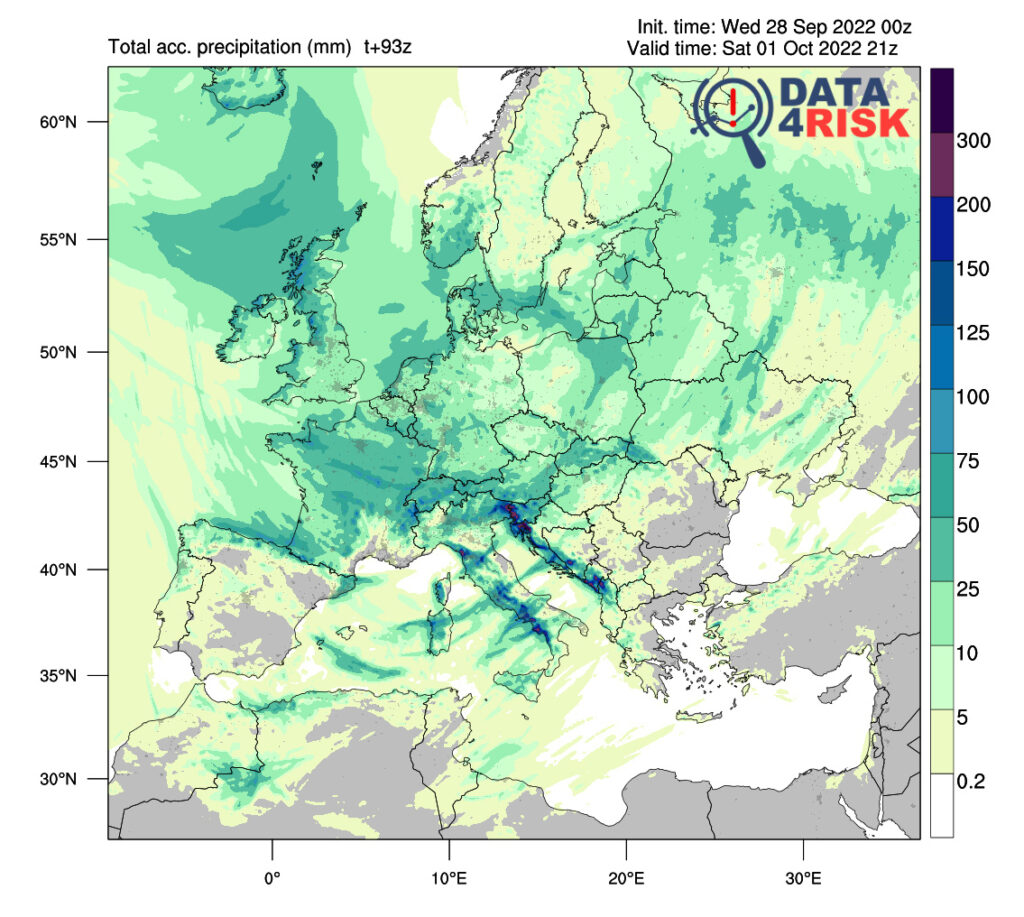Set up our Prevention Alerting System
In today’s rapidly changing climate, it is crucial for organizations and communities to be equipped with robust systems to identify and respond to climate risks promptly. One effective solution is the establishment of a prevention alerting system for climate risks.

Why set up a prevention alerting system?
Resource Optimization
Our prevention alerting system enhances resource allocation against climate risks, effectively reducing financial burdens. By identifying high-risk areas, organizations can prioritize investments in infrastructure improvements, climate-resilient technologies, and support for vulnerable communities. This targeted approach minimizes costs associated with emergency responses and recovery efforts.
Enhanced Stakeholder Engagement
A prevention alerting system promotes collaboration among stakeholders like government bodies, NGOs, businesses, and community groups through a centralized platform. This allows for coordinated efforts, resource pooling, and joint planning, enhancing resilience and facilitating knowledge-sharing to adapt to climate changes.
Long-term Sustainability and Adaptation
Establishing a prevention alerting system showcases an organization’s commitment to sustainability and adapting to climate changes. This system allows for the integration of climate risks into policy and infrastructure planning. Continuous monitoring helps refine strategies, ensuring resilience against changing climate conditions.


Early Warning and Timely Response
By setting up a prevention alerting system, organizations gain access to real-time data and advanced predictive models that can detect and analyze climate-related risks. This early warning capability allows decision-makers to receive timely alerts and insights on potential threats, including extreme weather events, sea-level rise, heatwaves, and more.
Improved Preparedness and Planning
A prevention alerting system enables organizations to enhance their preparedness and planning strategies for climate-related risks. With accurate and up-to-date information at their disposal, stakeholders can identify vulnerable areas and populations, assess potential damages, and develop comprehensive action plans. This proactive approach empowers decision-makers to allocate resources efficiently, implement preventive measures, and minimize disruption to critical services, thus safeguarding lives and livelihoods.
